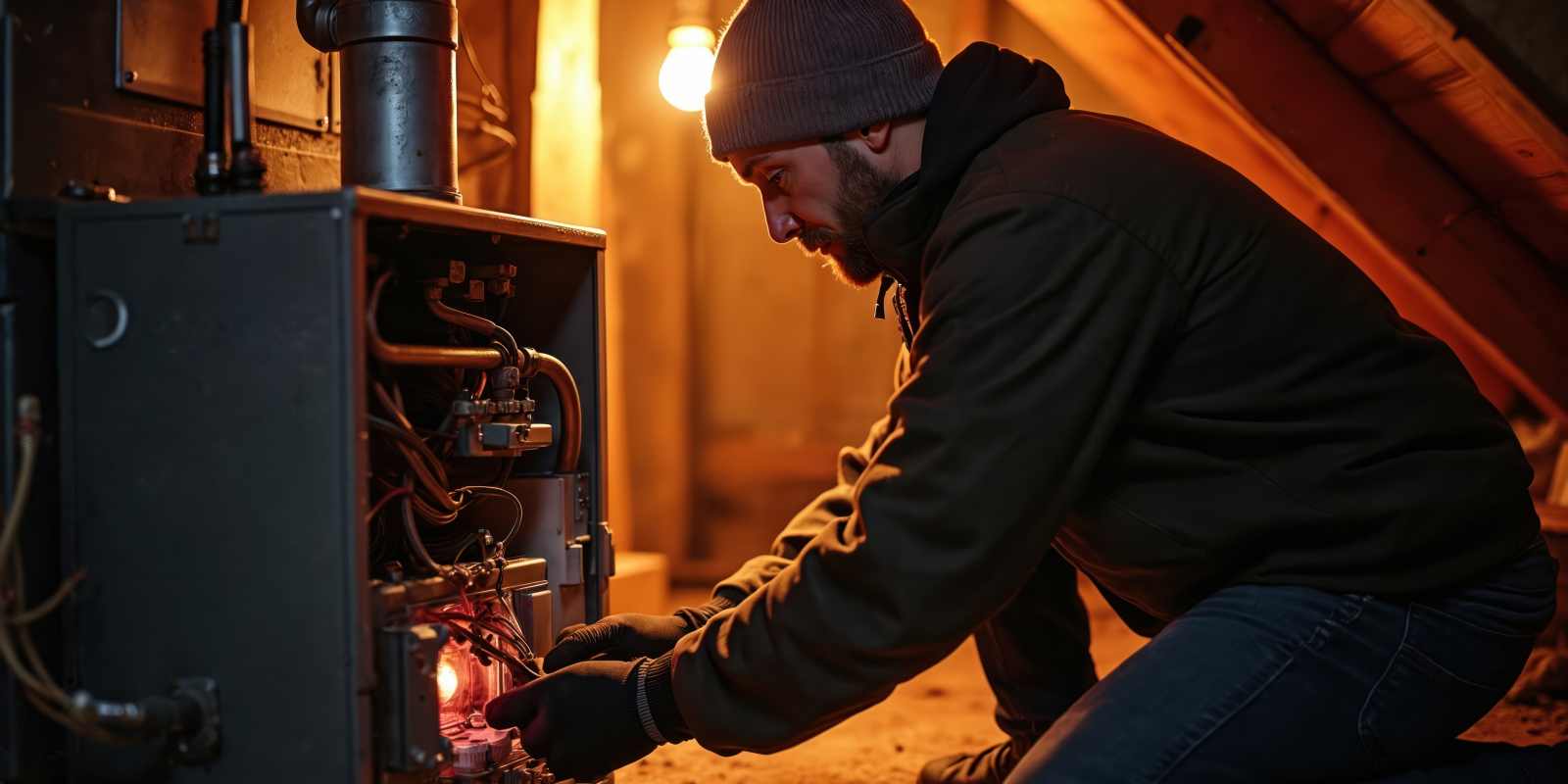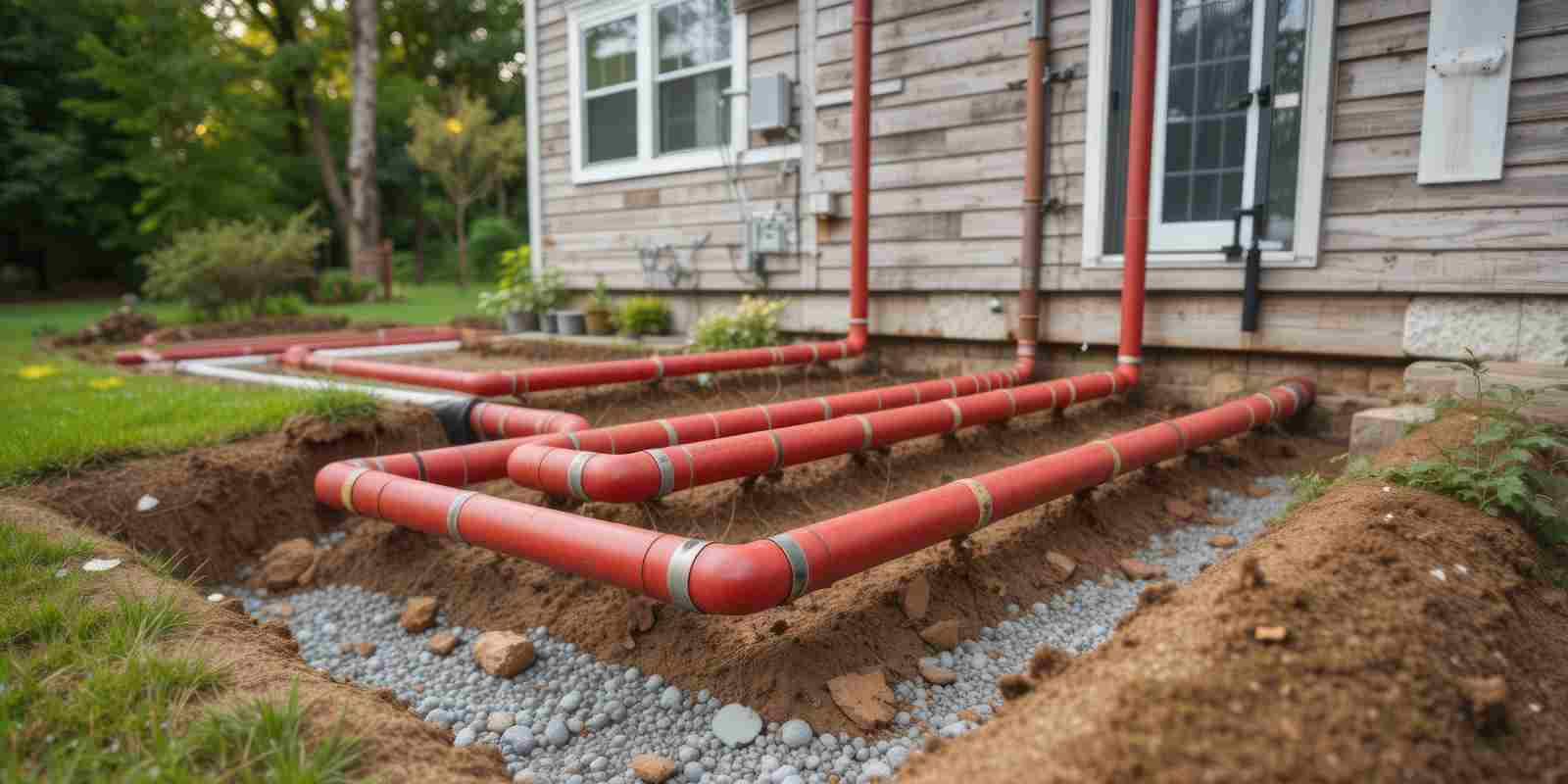 You’ve probably heard that it’s good business to keep your air conditioner cranked down low. Especially during a summer heat wave, cooler temperatures create a welcoming environment that makes customers want to stay longer or maybe even make additional trips to your store to get out of their hot apartments. Of course, this extra air conditioning isn’t without a cost, but there are several steps you can take to keep your energy bills down.
You’ve probably heard that it’s good business to keep your air conditioner cranked down low. Especially during a summer heat wave, cooler temperatures create a welcoming environment that makes customers want to stay longer or maybe even make additional trips to your store to get out of their hot apartments. Of course, this extra air conditioning isn’t without a cost, but there are several steps you can take to keep your energy bills down.
Keep the Entrance Clear
One of the biggest drivers of your cooling costs will be air conditioned air escaping every time a customer goes through your front door. Since reducing customer traffic isn’t an option, you’ll want to work on getting the door closed as quickly as possible each time it opens. To do this, keep a clear buffer zone of at least a few feet around both sides of the door so that customers aren’t stopping to look at pamphlets or merchandise while the door is half open and so that other customers aren’t standing in the doorway waiting for others to move. If you have the space, position interior and exterior displays even farther away from the door so that customers will move quickly as they go through.
Rethink Your Window Strategy
Window displays are great for driving foot traffic, but they can also mean getting a lot of extra heat from the sun. You can reduce the sunlight entering while improving your store’s image. Options include displaying large items that will produce their own shade in front of windows or using semi-transparent window stickers or hanging signs. Installing an exterior awning can also help block the heat, and you can decorate it to enhance your brand image.
Install a Programmable Thermostat
Perhaps the easiest way to save money without reducing customer comfort is to turn up the temperature when customers aren’t there. Even if you have employees in your store after hours, they’ll probably be happy to have the temperature increased a few degrees if you usually keep your store chilly. A programmable thermostat can be set to turn your air conditioner up at closing time, even higher when your last employee is scheduled to leave, and back down again in time for your first customers. The installation cost is minimal and is usually made up by the energy savings within the first year or two.
{{cta(’59dd3463-2278-4cb8-b740-cfb0188e133b’,’justifycenter’)}}



